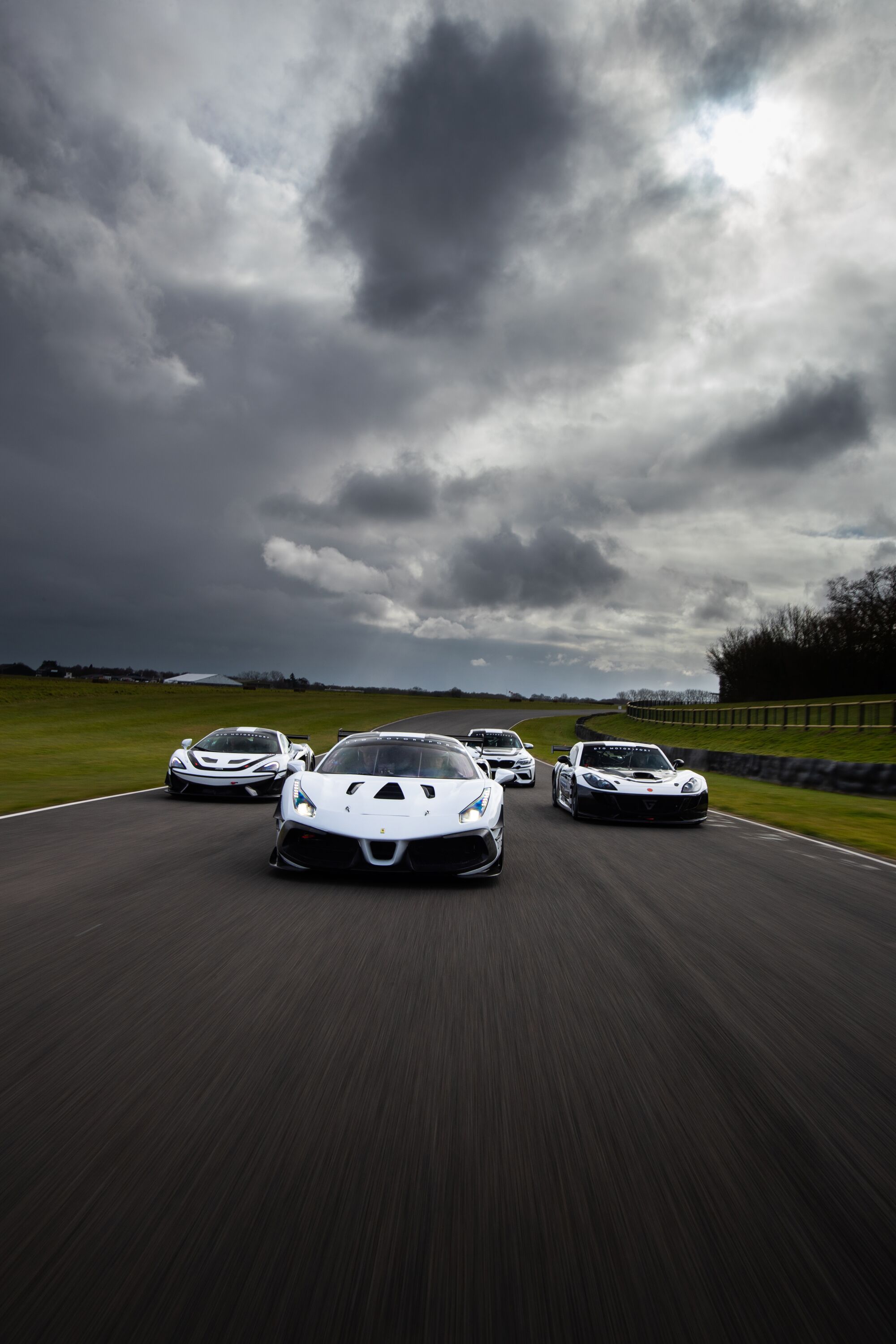Edward Legge: The science of the classic car market
Since my last post in August 2015 (What can we learn from Monterey?) at a macro-level, not a lot has changed in the classic car market but at a micro-level it’s a different story. Back then President Trump, Brexit and falling classic car prices were simply outlandish, hypothetical scenarios for many – too bad for some that they have now come true.

OK – so the latter is a bit of a generalisation. As a whole, the classic car market has remained pretty steady over the last 20 months – just take a look at the any of the classic car indices and you’ll see that in many sectors of the collector car market price growth has plateaued and in some cases “corrected”. Does that mean that those prices were once incorrect? So it seems, but not by much.
“An economy based on endless growth is unsustainable”
According to Muse’s 2nd Law (Google it, and begging the pardon of physicists everywhere), if nothing enters or leaves an isolated system, entropy increases. Now, I don’t really know what that means but it does sound a lot like the classic car market over the last few years. The mooted argument for sustained increases in the value of classic cars has always been that there are only a limited number of them.
So, in theory, the number isn’t going to increase (no more being built) and realistically the number isn’t going to decrease significantly (giving us the isolated system), so according to Muse what we end up with is increased entropy (in thermodynamics, a quantity representing the unavailability of a system's thermal energy for conversion into mechanical work, elsewhere a lack of order or predictability; gradual decline into disorder). Translated into classic car speak, there is still plenty of energy in the market, but some segments, taken in isolation, are failing to turn that energy into additional heat and a lack of predictability reigns. Fortunately, the system as a whole isn’t isolated at all...
Unlimited Supply
I’d argue that we actually have an unlimited supply of classic cars – many of them simply aren’t classic yet. In the last 18 months, stocks have swelled to an all-time high with more cars available in the marketplace than ever before. Auction houses are still managing to field record numbers of cars and dealers have more stock than they can shake a stick at. Even owners and collectors seem to have cars coming out of their ears – so how can this be if the numbers are limited? Well, they’re not. In the £500,000 – £1 million price bracket, it looks very much like all the people who wanted to buy the best Aston Martin DB5s or Ferrari “Daytonas” have found them, which leaves… the rest. Buyers aren’t looking for also-rans and sellers are able to command great prices for good cars, when they decide to make them available. Consequently, the energy in this highly-reported sector of the market isn’t as great as it was – entropy has increased.
Now let’s take a look at the sectors of the market that are buzzing – the same ones where supply is a lot less limited. Affordable classics have had a great 18 months and while V8 Ferraris have come off the boil and gone back to a simmer (See fig 1&2), the common or garden Porsche 911 continues to charm buyers from all generations. Fast Fords have been selling like hotcakes, and they’re certainly not in short supply. Modern collectables are the cars that people want to buy at the moment and this is great (if Muse’s theory is correct) because we’re not going to run out of the raw materials or consumers to keep the energy in the market any time soon – and it’s important for the hobby that energy is sustained.
The 2017 Knight Frank Luxury Investment Index indicated 457% growth in the value of collectable classic cars over the last decade and this is a very handy figure if you are trying to demonstrate the potential for growth in the market – certainly a lot more useful than the 9% it grew in 2016. There are a lot more cars for sale now and a smaller percentage of good ones, so growth in the values of the usual price-watched classics are unlikely to rocket upwards in the near future unless they are the best of the best or on the radar of the latest generation of car collectors – or Muse fans, as they are also known.
edward legge
Ferrari







